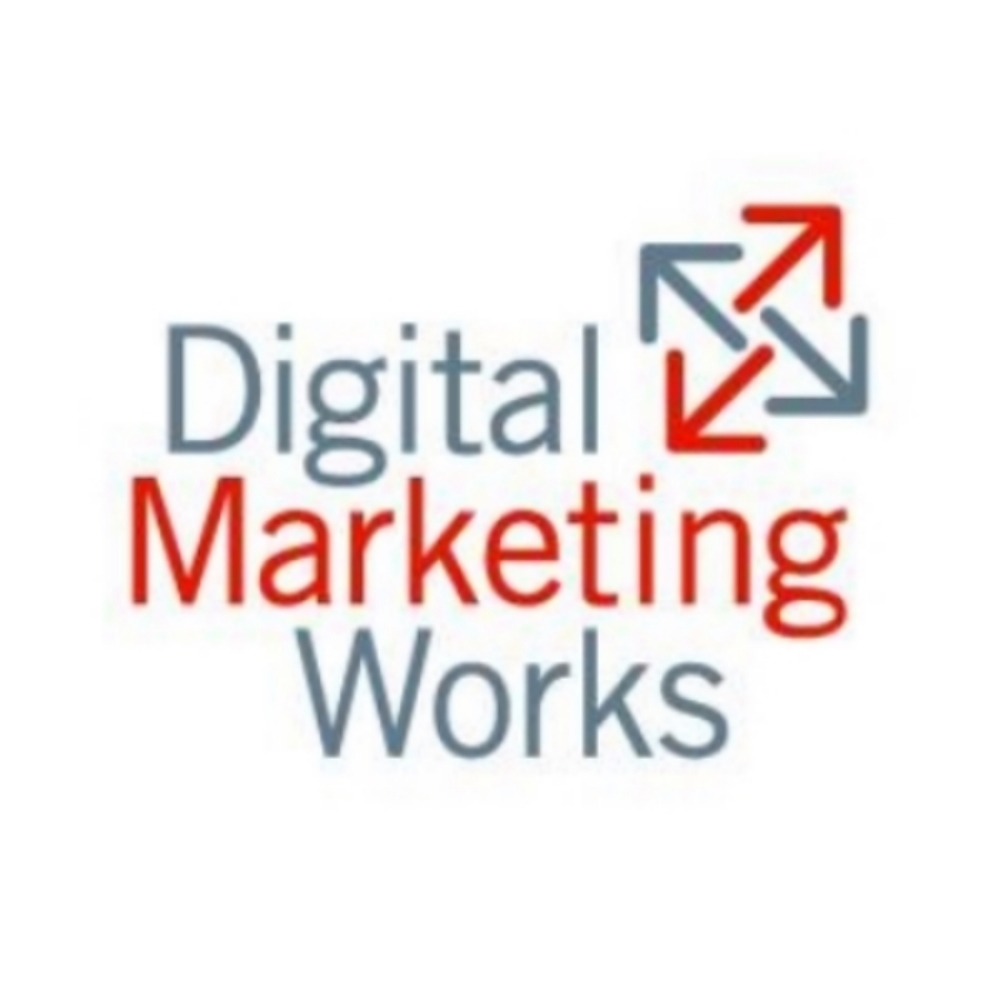It's not about the technology...
/
Jeremiah Owyang had a great line in the opening paragraphs of his most recent post: “Beware of plans or proposals that start with “Twitter Strategy” or “Facebook Strategy.” I could not agree more. Jeremiah's main point was that proper customer profiling should help define an appropriate social toolset. His statement is also valid, however, because social networking technologies are evolving too quickly to warrant strategies that are very platform-specific.
I think that Alvin Toffler may have called it first, back in 1970, when he laid out the timeline of humans' technology milestones (starting with fire!) and described how the pace of these milestones has been increasing exponentially since then. (The book is called Future Shock. I read it when I was 12, and it changed my life.) Some readers might be more familiar with Ray Kurzweil and his Singularity antics, but the big message is very much the same: the dominant technology of today will almost certainly not be the dominant technology of tomorrow.
Because social networking is enabled by technology, it’s easy to get lured into thinking about single platforms and miss the bigger (and cross-platform) picture. Some great examples of this can be found in the third-annual Social Media study of Inc. 500 companies, where 90% of the companies surveyed responded that they “currently use social media.” Here are four points that were of particular interest to me:
And regarding the final two points: Why are some of the “traditional” social media no longer growing? I would like to think that it’s because companies are beginning to understand the different categories and appropriate uses of social media channels. And, that might be true in some cases. It’s equally likely, however, that organizations continue to jump from one new technology to the next, without a strategy that defines how a full suite of social networking channels could work in concert to support the needs of the organization and various market/customer segments.
Eventually, there will be other Twitters (it will be interesting to watch AOL bring its AIM client base into the modern era), so companies should be thinking about meeting the needs of “market segments whose profiles align with a Twitter-like product” vs. the service itself. Organizations should always be sure that a strategy, with goals and methods of measurement, has been defined before going live in a new social networking platform.
Of course this does not mean that our clients will not have a strategy for Facebook -- of course they will. It simply means that the roots of their strategies will be applicable to other social networking technologies as they evolve. It means that the strategy will account for other social channels and digital marketing efforts. It means that “success” will be defined and that we will measure against it. To do anything else is to leave yourself in a constant state of reaction.
I think that Alvin Toffler may have called it first, back in 1970, when he laid out the timeline of humans' technology milestones (starting with fire!) and described how the pace of these milestones has been increasing exponentially since then. (The book is called Future Shock. I read it when I was 12, and it changed my life.) Some readers might be more familiar with Ray Kurzweil and his Singularity antics, but the big message is very much the same: the dominant technology of today will almost certainly not be the dominant technology of tomorrow.
Because social networking is enabled by technology, it’s easy to get lured into thinking about single platforms and miss the bigger (and cross-platform) picture. Some great examples of this can be found in the third-annual Social Media study of Inc. 500 companies, where 90% of the companies surveyed responded that they “currently use social media.” Here are four points that were of particular interest to me:
- A full third of those companies surveyed do NOT monitor their brand online
- Almost two thirds of those companies surveyed have no formal social networking guidelines for their employees
- We see (no surprise) that adoption of Twitter and Facebook has occurred very rapidly
- But we also learn that the use of message boards, online video, wikis and podcasting has leveled off or declined.
And regarding the final two points: Why are some of the “traditional” social media no longer growing? I would like to think that it’s because companies are beginning to understand the different categories and appropriate uses of social media channels. And, that might be true in some cases. It’s equally likely, however, that organizations continue to jump from one new technology to the next, without a strategy that defines how a full suite of social networking channels could work in concert to support the needs of the organization and various market/customer segments.
Eventually, there will be other Twitters (it will be interesting to watch AOL bring its AIM client base into the modern era), so companies should be thinking about meeting the needs of “market segments whose profiles align with a Twitter-like product” vs. the service itself. Organizations should always be sure that a strategy, with goals and methods of measurement, has been defined before going live in a new social networking platform.
Of course this does not mean that our clients will not have a strategy for Facebook -- of course they will. It simply means that the roots of their strategies will be applicable to other social networking technologies as they evolve. It means that the strategy will account for other social channels and digital marketing efforts. It means that “success” will be defined and that we will measure against it. To do anything else is to leave yourself in a constant state of reaction.


